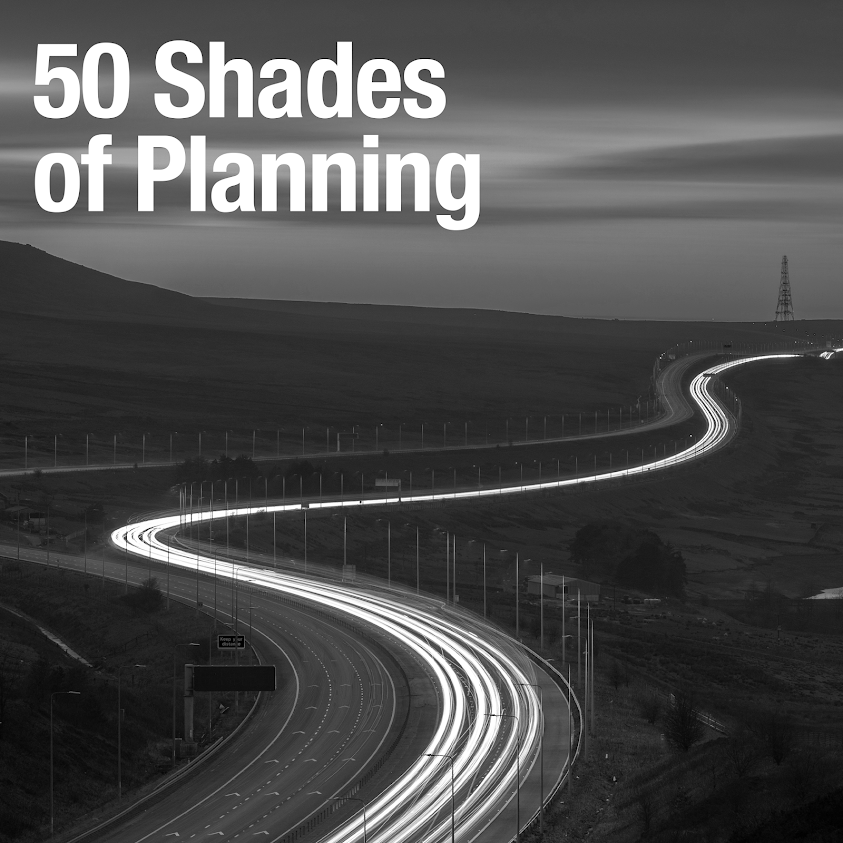How to solve the problem of more new households than new houses?
Sir Michael Lyons' report of his independent review
of housing for the Labour Party makes 39 considered and sound enough
recommendations.
Planning Minister Brandon Lewis has summarised the
Government's "wide range of measures" as including neighbourhood
planning ('putting power back in the hands of local communities'),
investment in the Affordable Homes programme, and the stimulation of demand
(like 'Help to Buy').
Shadow Communities Minister Roberta Blackman-Woods has spoken of
"tweaks" to the NPPF to reflect a 'brownfield first' policy (and also
a common methodology for objective assessments of housing need), sentiments
also expressed by Brandon Lewis in response to a recent CPRE report.
Whilst the Lyons' report mentions "housing as a priority for
Government", regardless of who forms the next Government the smart money
(I'd hesitate to say my money, but, you know...) should be on some light-touch
tinkering rather than heavy-handed reform. Labour, who one might expect to
be the most reformist, talk of a national spatial assessment, but that is not a
national development plan. Labour talk too of a Strategic Housing Market Plan,
but that is not regional (or sub-regional, or city-regional, or structure)
plan. Nobody is talking about doing to planning law what the NPPF did to
planning guidance.
Guess what though? That is alright because do we really want
more heavy-handed reform? The Town and Country Planning (Local Planning)
(England) Regulations 2012 mean that LPAs can prepare a single local plan
rather than the ill-conceived two-stage Core Strategy and Allocations DPDs, which was arguably more significant to planning and plan-making than the NPPF. The NPPF itself was a successful consolidation that, with the Planning Practice
Guidance, needs only time to bed in further.
In contemplating though how the planning system can deliver more homes, all of the suggested tweaks and all
of the suggested tinkering boil down to two simple things. We need more land
allocated in more development plans, and more planning applications approved
more quickly. This, fundamentally, comes down to two more simple things: reducing public resistance to the
allocation of land and the approval of planning applications, and having LPAs
with the ability to put development plans in place and approve planning applications. If housing really is to be a priority for the next Government then it is in these two areas where attention being directed.
'How though, Sam?' I hear you cry. How can the Government reduce public resistance and strengthen LPAs. Well, in regard to the former,
politicians could show real leadership and tell the public what they need to
know about the need for greenfield sites and Green Belt review, rather than
want they want to know. I have written on this topic before...
In relation to LPA resources, a report by public spending watchdog the National Audit Office has shown that Council planning and development services have been subjected to the deepest local government cuts between 2010 and 2015. I highlighted in this piece back in May that over 100 planning positions have been lost across the North West since 2010 and, at a time when development activity is increasing, this situation will only worsen. Tony Travers of the LSE predicts
a further 57% reduction in spending by locals authorities on planning
over the next five years.
The Lyons review again asserts (tinkers) that
LPAs should be able to set planning fees locally on a full cost recovery
basis, but this idea has been consulted upon by the current Government has not
gone anywhere.
Most telling of all though is Lyons' suggestion that all LPAs be
required to submit a local plan to PINS by December 2016. Compulsory local
plans? Has it really come to this? For a LPA to have not
submitted a plan since the 2004 Planning & Compulsory Purchase Act is evidence of either an absence of political will, or an
absence of appropriate skills in the planning department. Both things that
a Government of whatever hue could do something about it really wanted.
So.
In conclusion. Tweaks and tinkering in planning are as inevitable as the
political pendulum swinging first one way and then the other, but they will not
result in any more new homes being built. For that to happen two things need to change things:the rhetoric and the resourcing.

Comments
Post a Comment